Sustainability education and biodiversity education have proven increasingly essential in today’s world. These strategies equip young people with the necessary skills and knowledge to address environmental challenges.
The Importance of Conservation Learning and Eco-consciousness Teaching
Conservation learning plays an indispensable part in promoting environmental education. It’s not just about informing young people about environmental issues; it’s about instilling an environmentally conscious mindset early on. This learning process nurtures eco-consciousness teaching, urging students to work together and take action in addressing the shared ecological risks we face.
Integrating a Green Curriculum: Promoting Nature Appreciation and Environmental Stewardship
The green curriculum should be perceived as more than a simple knowledge transfer. It encompasses instilling in children a respectful, appreciative attitude towards the natural environment, boosting nature appreciation and environmental stewardship. This helps create a generation that values natural resources, recognizing the essential role they play in our everyday lives.
Moreover, integrating lessons about environmental preservation and the necessity for lowering one’s carbon footprint can generate a constructive transformation in the hearts and minds of young people.
Climate Change Awareness and Earth-Friendly Education Techniques
Climate change is one of the most significant environmental challenges of our time. By spreading climate change awareness through earth-friendly education techniques, we exhort everyone – especially the younger generation – to act urgently.
With knowledge comes power, and power, when appropriately directed, can counteract the adverse effects of these challenges. If we foster a strong connection with the natural world from an early age, we make living sustainably an integral part of their everyday lives.
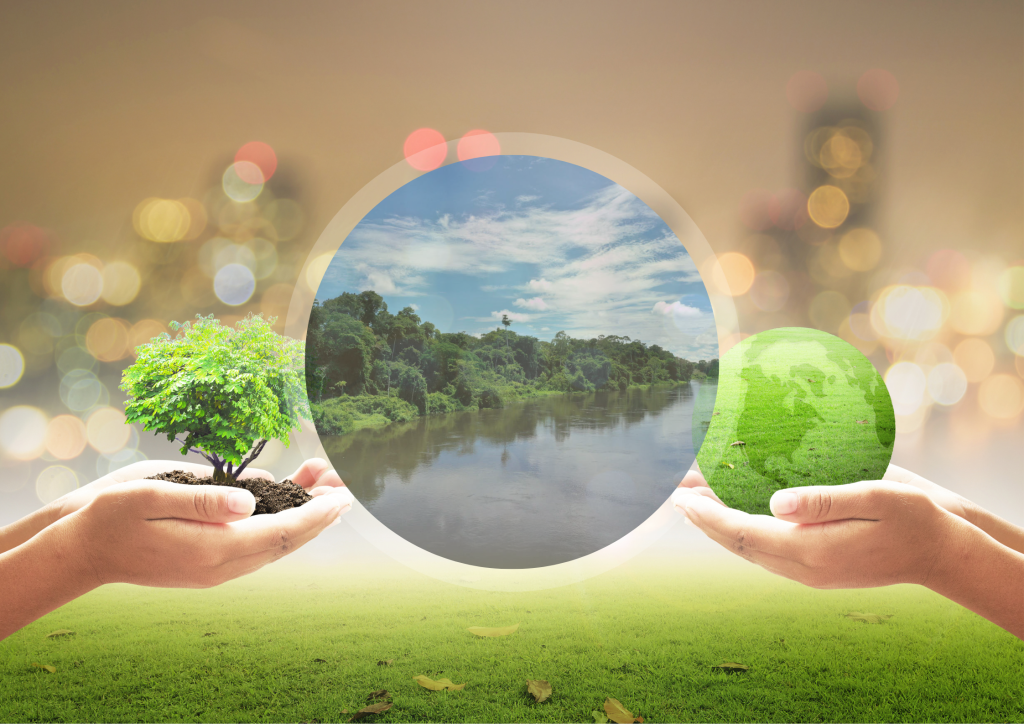
The Role of Outdoor Classroom in Boosting Environmental Literacy and Eco-Friendly Behavior
The outdoor classroom brings learning outside the physical confines of traditional educational environments. It plays an essential role in environmental literacy, helping students better comprehend environmental issues and how they can take action to combat these issues.
Outdoor education encourages eco-friendly behavior by teaching kids practical, sustainable practices. From lessons on how to use water wisely to planting trees, each activity strengthens their connection with nature and nurtures a sense of environmental responsibility.
Shaping Green Citizenship through Ecological Understanding and Planet Preservation Education
Green citizenship emerges from an ecological understanding. Sustainability education programs aim to foster this understanding and shape behavior conducive to planet preservation.
The foundation of green citizenship is understanding that what we do every day impacts our world. For example, learning the easy way to become energy efficient or the impact of soil erosion encourages students to become advocates for change.
Importance of Wildlife Conservation in Green Living Education
Hardly anyone can deny the immense importance of wildlife conservation to the natural world. The existence of diverse species is pivotal to the health and function of our ecosystems, and learning about conservation efforts is a cornerstone of green living education.
Implementing Sustainable Practices: The Future of Environmental Education
Incorporating sustainable practices into educational schemes underlines the modern approach to environmental education. Lessons about natural resource conservation are not meant to be forgotten after graduation. They serve as a stepping stone to a lifetime of environmental responsibility, fostering a mentality that transcends classroom doors.
Eco-Education Benefits and the Significance of Environmental Ethics
There are enumerable eco-education benefits. By emphasizing environmental ethics, we embolden students to respect nature, ensuring they make choices that secure the health and well-being of our planet.
In conclusion, engaging students in weekly newsletter discussion regarding environmental challenges, and educating them about how their actions can shape a green future benefits us all.
Natural Resource Conservation: Stepping Stones to a Green Future Awareness
Planning for future generations starts with caring about natural resources. By stressing the importance of natural resource conservation in classrooms, we empower young minds to become stewards of a green future.
Environmental Preservation: The Heart of Eco-Education
Environmental preservation is fundamentally about concerning ourselves with the sustainability of our natural resources. By acknowledging the significance of our actions and choices, we become conscientious about their impacts, directly addressing the heart of eco-education.

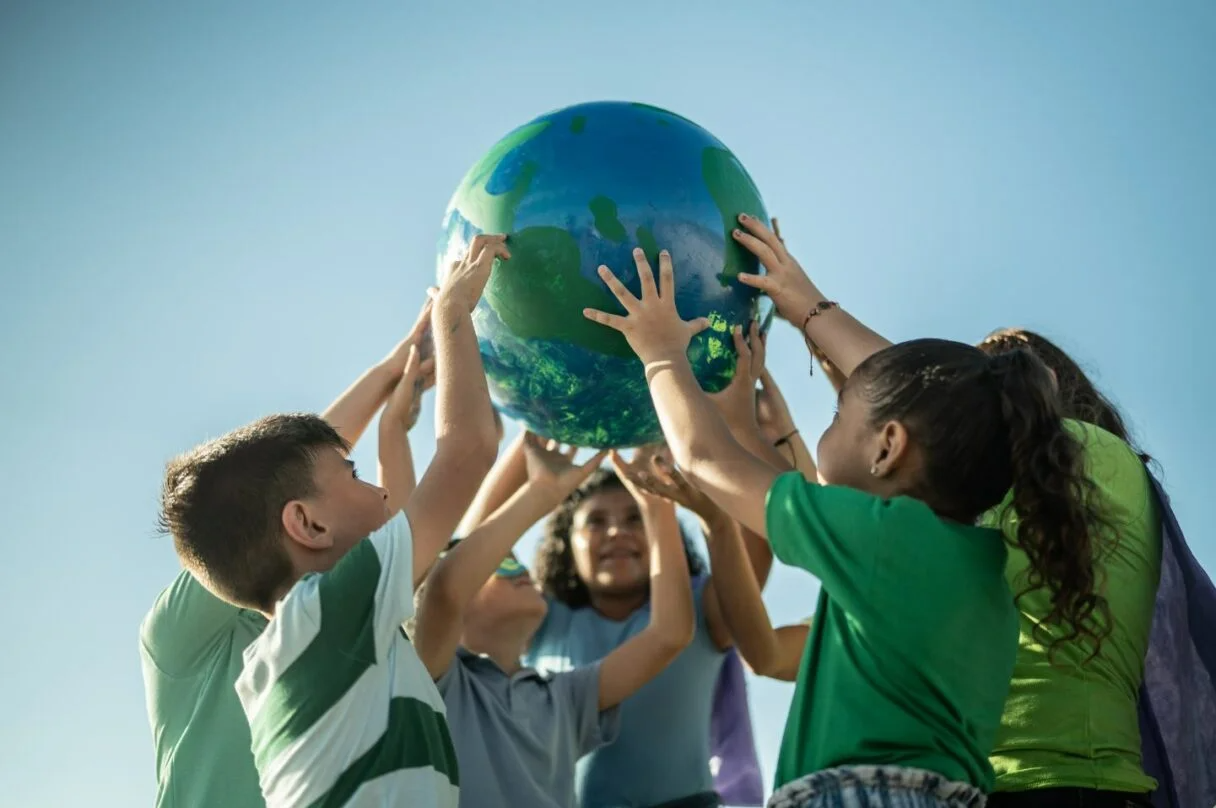
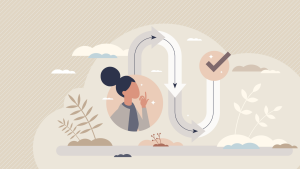

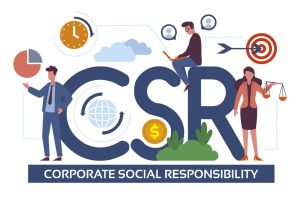
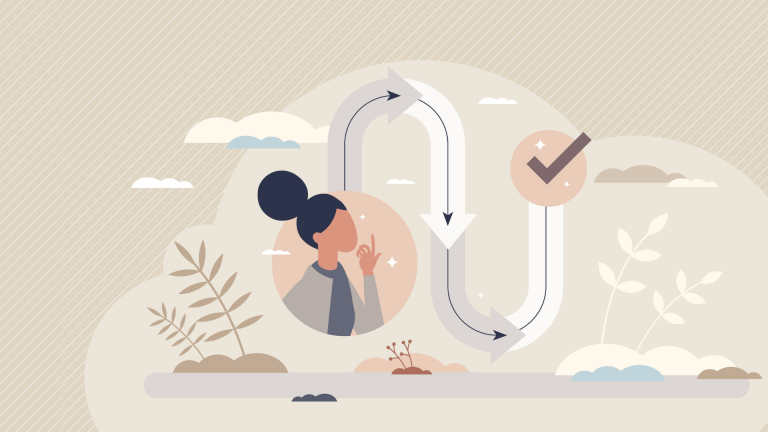

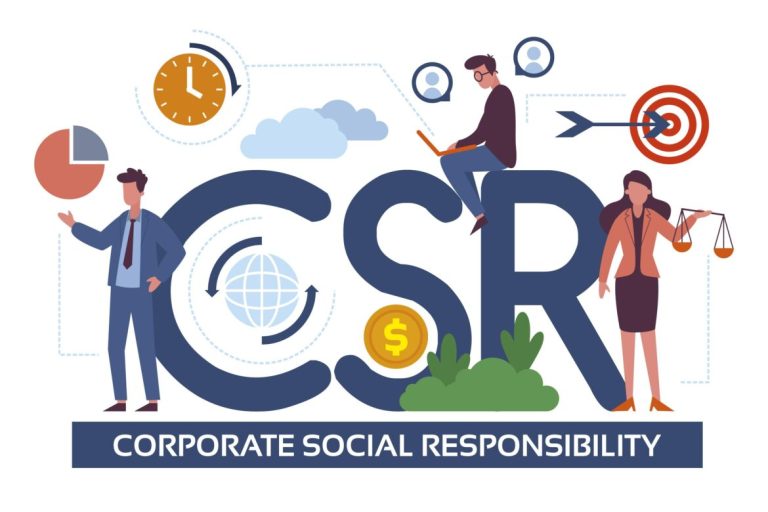



+ There are no comments
Add yours